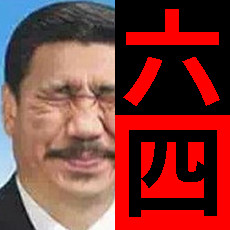This is a sample project that you can use to get started with the OurBigBook Project and learn the basics of the OurBigBook Markup language. The full documentation is present at: docs.ourbigbook.com
This sample project is rendered live at: ourbigbook.github.io/template
The source of this template is present at: github.com/ourbigbook/template
This template can be generated from the OurBigBook CLI with:and this onu was generated with OurBigBook version 0.9.37.
ourbigbook --generate defaultHere's the table of contents:
Here is a link to a header present in another file: h2 not in the index.
Explicit macro equivalent, but with a "Section" prefix: Section "h2 not in the index".
And below this line, we actually include the toplevel header of the other file.
My first paragraph is amazing!
Implicit link with body equals URL: examle.com This works because we automatically recognize the
https:// prefix.Implicit link with custom body: example website
Implicit link immediately followed by a period by using an empty argument: examle.com. After period.
Explicit link with
\a[]: example websiteAnd the second one with inline code
f(){} and inline server-side rendered maths with KaTeX: .But if we want block code here it isand here is some block maths:
f() {
return 1;
}OurBigBook loves maths, and so equations can have titles, and references to math equations just work! See e.g.: my favorite equation>
Equation 2.
This is my favorite equation in the entire world!!!
We try to make anything escapable with a backslash, e.g.:
- literal backslash \notmacro
- code and math: ` and $
If you want more than three backticks in your shorthand code block, you can add more to the open:or you can also use the equivalent sane macro literals. When you open and close a macro argument with more than one square bracket
Here are three backticks:
```
Nice